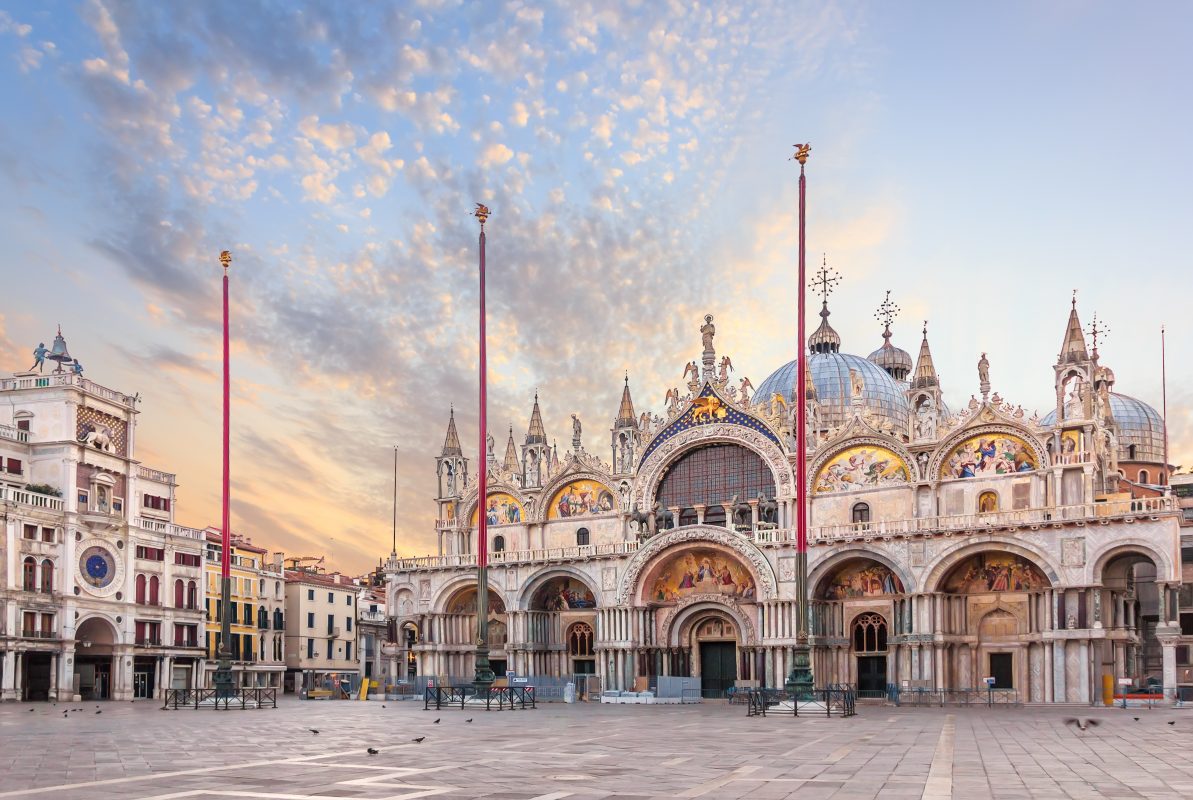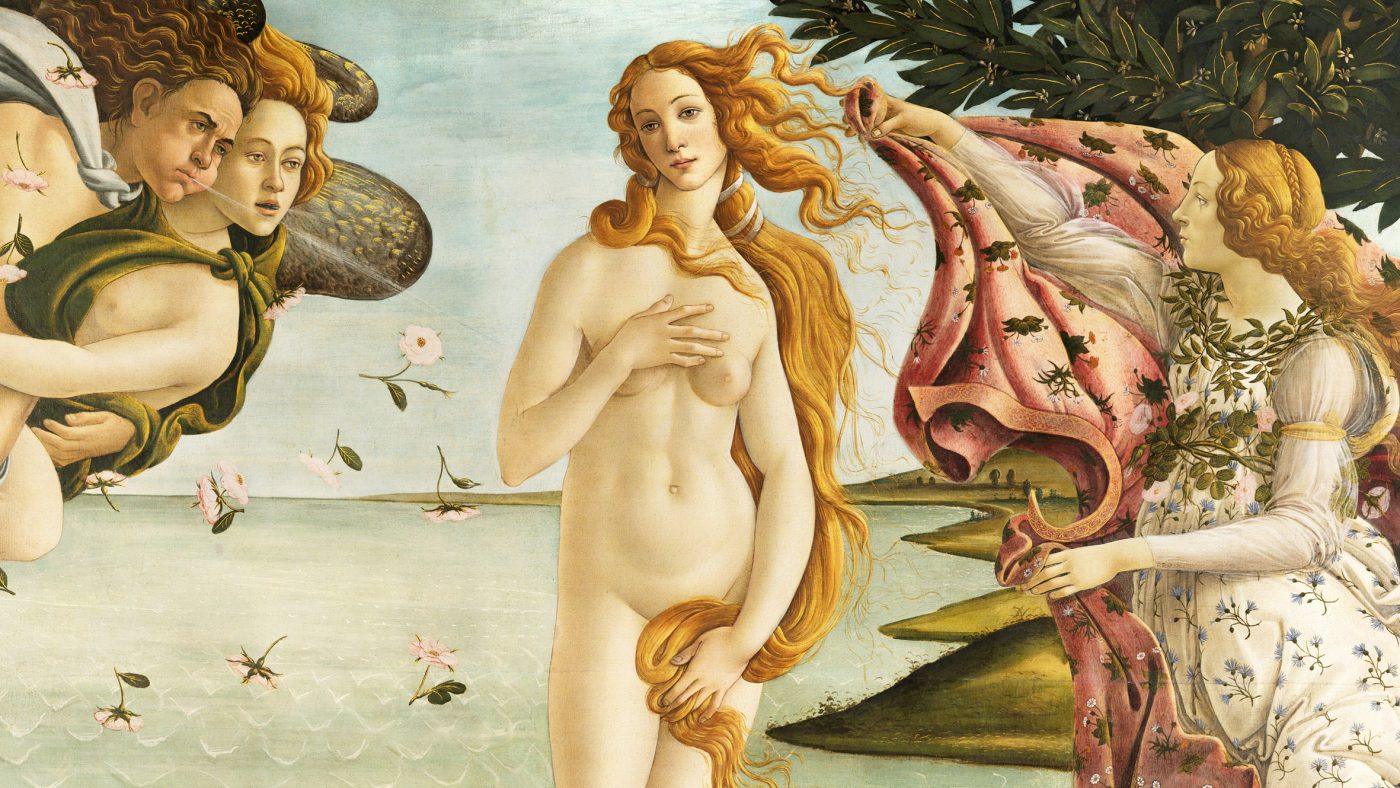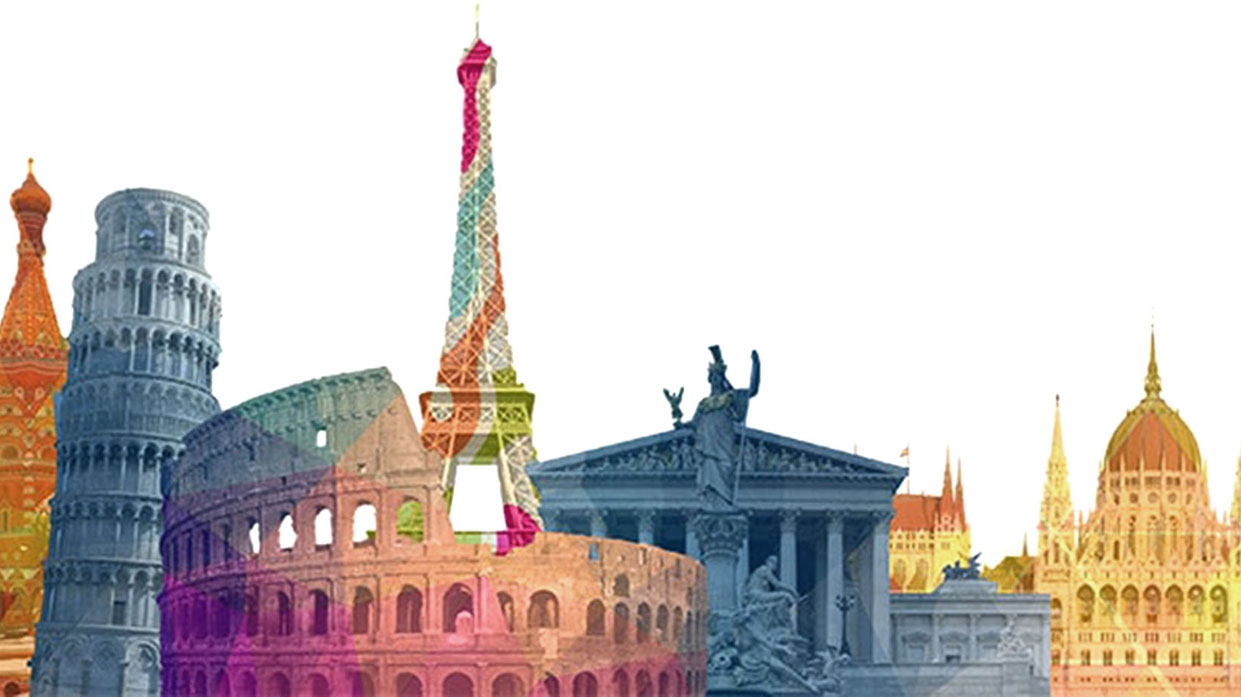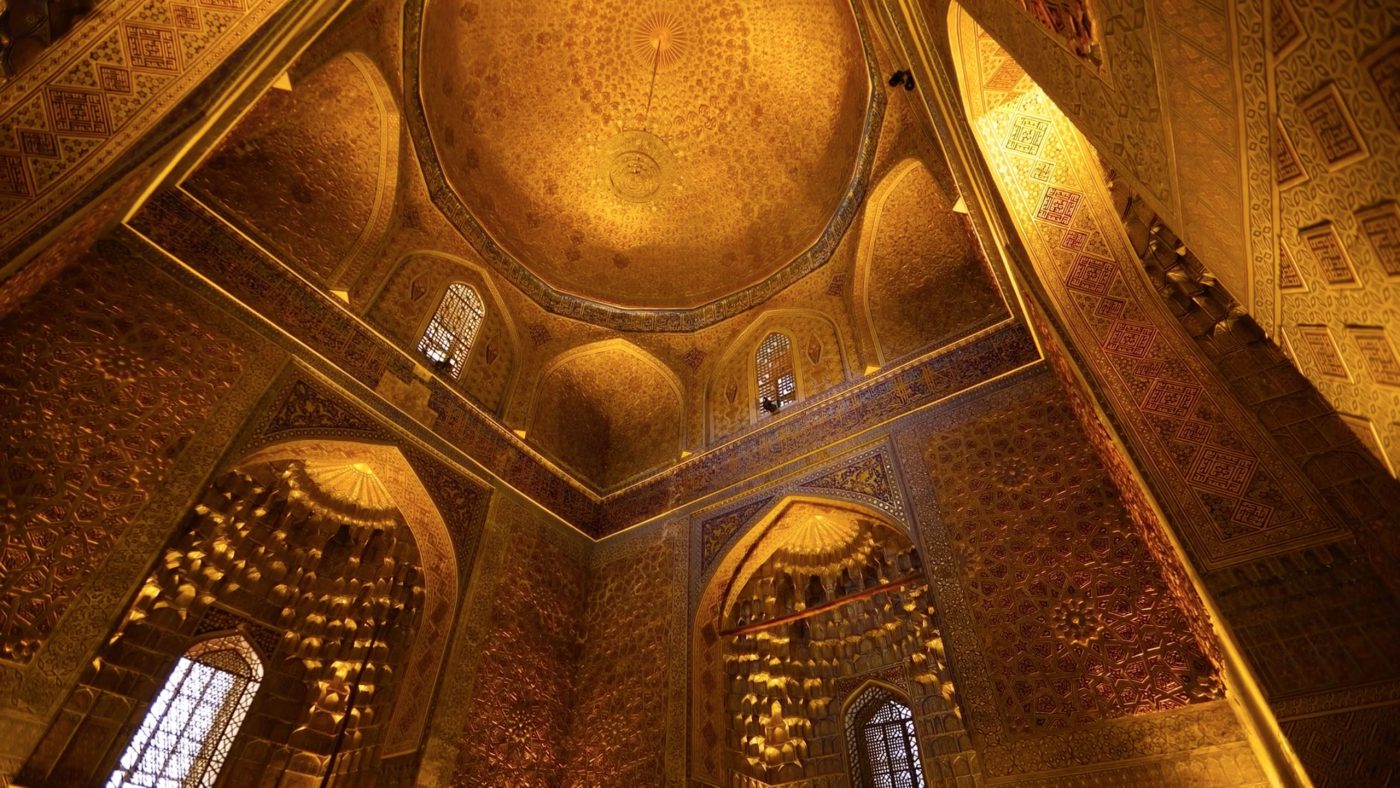
Chronicle of a voyage to beauty
Staff Mobility for Training / Accademia di Belle Arti di Venezia
We perceive the widespread lack of motivation among our students as a transversal consequence of the pandemic. Young people find the apparent gap between education and employment disheartening. Present struggles eclipse their vision of a better future, dimming their aspirations. Time seems subjugated to an immediacy that undermines any form of intellectual anchoring. My journey to the Accademia di Belle Arti di Venezia seeks to address these concerns, enhancing my teaching practice and implementing a compendium of best practices at the School of Art and Design of Alicante.
I embark on this trip to temper the imposing connotations of the Veneto capital. Yet, its beauty captivates me the moment I enter the lagoon. An overwhelming sense of disbelief envelops me, and I am thrilled by a magnificence that feels almost incongruent with the human condition. La Serenissima no longer belongs to me—if it ever had during my doctoral studies in Design Sciences at the Università Iuav. A diary of absences seizes my memory, flooding me with nostalgia. Nevertheless, the purpose of my mission is significant enough to resist indulging in excessive self-awareness. I seek refuge in the paintings of Giovanni Bellini and Paolo Veronese.
The Accademia makes its appearance majestically. The building directly faces the Giudecca Canal, strategically on the exclusive Fondamenta delle Zattere. However, its origins can be traced back to the Fonteghetto della Farina, near St. Mark’s Square. Around 1750, Giambattista Tiepolo presided over the institution before accepting a commission from Charles III to fresco diverse ceilings in Madrid’s Royal Palace. This reciprocal influence recalls Velázquez, who visited Venice in 1629 and 1649 under the patronage of Philip IV.
I choose to explore the various spaces autonomously. It is early, and activity is scarcely perceptible. An instructor’s charismatic demeanor stops me. A lively discussion evolves between Aron Demetz and me, addressing the challenges of art pedagogy. The conversation spontaneously draws in several of his students. He introduces me to the sculpture workshops, and I mention a mutual acquaintance, the woodcarver Andreas Senoner. Days later, I remain in awe of Demetz’s creation displayed at the Magazzino del Sale, a collateral event of the Biennale. The enchanting and dramatic lyricism I observe in his work still resonates deeply within my soul.
In the Printmaking Department, I befriend Professor Giovanni Turria. Because of him, my melancholy gives way to the joy of connection. I am impressed by his dedication and careful attention to detail. He operates with the printing devices he has loaned to the academic community and modeled after vanished movable-type presses. The duality between traditional methods and numerically controlled machines fascinates me. Curious about my influences, he listens as I describe my PhD thesis, which spans the pre-computational reflections of the Ulm School and the cybernetic art of the Computing Center of Madrid.
Giovanni invites me to observe a practical class that integrates students from Boston University. They complete a marvelous graphic project with poetic resonance. I also share meals with Professor Andrea Serafini at renowned spots like the Osteria al Squero. Later, Turria welcomes me into his vast studio in Treviso, where he gifts me an exquisitely crafted box of personalized cards imprinted with extinct ecosystems that lend a classic relevance to the concept of industrial archaeology. He involves me in countless personal discoveries steeped in a dreamlike and eternal quality. In return, I transmit my formal explorations, shaped by my instruction at the School of the Art Institute of Chicago under the mentorship of Jerry Saltz.
In the classroom, I identify the imprint of the celebrated Peter Halley, whom I talked to in 2006. We discuss the American artist’s ambitious proposal for the 2019 Biennale, which I had the privilege of admiring. Turria confides in me about the challenges of materializing that installation, an assignment he oversaw in continuous coordination with New York. We debate the complex cultural system of belonging that remains self-contained. He shares the contacts of some colleagues who could bolster the internationalization strategy I pursued for EASDA. Elena Molena and Melania Lanzini, among others, inspire me with their boundless energy. The intellectual gravitas of Danilo Ciaramaglia and the sharp wit of Vanni Tiozzo (recognized as a leading authority in pictorial restoration) also leave a lasting impression.
Erasmus Coordinator Antonio Fiengo greets me into his office. The day before, I had encounter his assistant, Irene, whose warm reception I appreciated. As I begin my role as Head of Mobility Programs, I exchange ideas and seek advice, emphasizing the importance of expanding our network of partners in Italy. I attend one of Fiengo’s anatomy lectures and meet his colleague, Silvia Ferri. Highlighting the reservations of the Istituto Superiore per le Industrie Artistiche di Firenze regarding my proposition for collaboration, I suggest resuming negotiations in Tuscany. Without hesitation, Antonio introduces me via videoconference to his friend, Professor Massimo Cova, who engages in research at the Accademia di Belle Arti.
Once in Florence, Massimo greets me with unwavering generosity. He had kindly informed the Accademia of my presence, and Professor Davide Tito receives me with extraordinary openness. My current perception of the school is markedly different from my venture as a student there two decades ago. I see the facilities, some adorned with elaborate decorations. The recently restored Sala Ghiberti houses a full-scale replica of the Gates of Paradise, an early paradigm of relief perspective. Their curriculum covers costume design, bronze casting, and fresco painting. I propose establishing an accord with the Accademia, sparking great interest from Professor Paola Bitelli, who could soon become the Erasmus responsible.
Davide’s irrepressible enthusiasm disrupts my schedule with ISIA, and I rush by taxi to the core of the Parco di Villa Strozzi. Ascending the exterior staircase with two students, I feel their satisfaction, reinforcing my confidence in the institution. Coordinator Francesco Bonomi and I analyze intersections between our curricula in his office. Connection gradually unfolds as we examine the center’s characteristics, home to 150 highly select scholars and a harmonious blend of technology with engineering faculties. These qualities make it an ideal destination for our Product Design students. After lunch, I successfully secure the desired agreement, celebrating later at the Uffizi Gallery, where my reverence for Renaissance masters mysteriously eclipses other ideals.

I am keenly aware of what such opportunities may inspire in young, passionate individuals. I resonate with the enchantment of living exposed to innumerable stimuli that shape individual thought. Hence, I recognize the profound significance of this adventure, which concludes at the edge of my capacities, overwhelmed by so much beauty. I find solace in believing that, humbly, I can return to society what I have painstakingly gathered over the years. Thus, this expedition transcends into a valuable learning experience, an almost mystical exercise I will repeatedly share through my teaching. My heart, like a resonating chamber, beats with poetry.
Do not remain lipless
Do not fall asleep without dreams
Do not think yourself bloodless
Do not judge yourself timeless.
(Mario Benedetti)
Pablo Rodes


